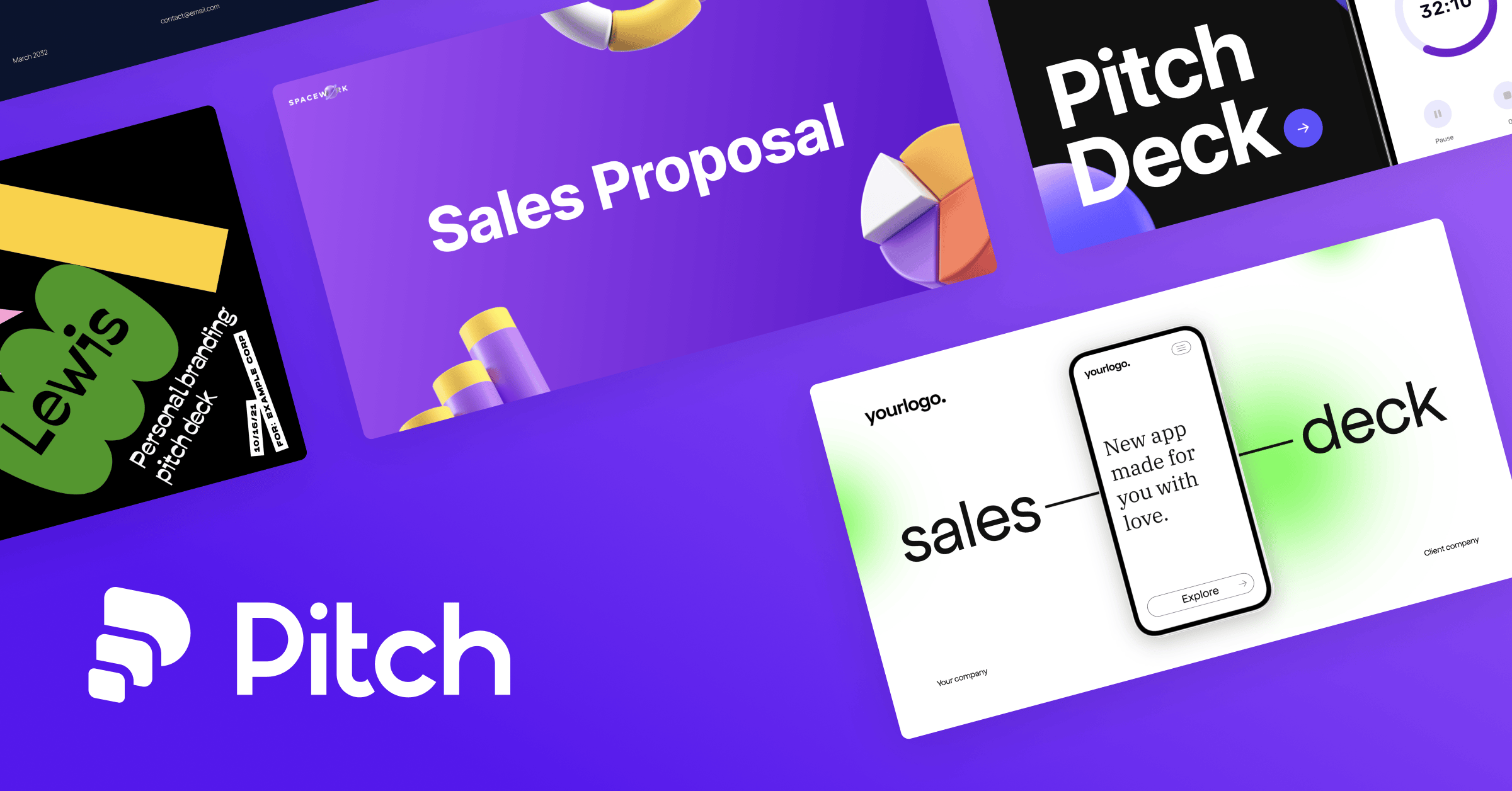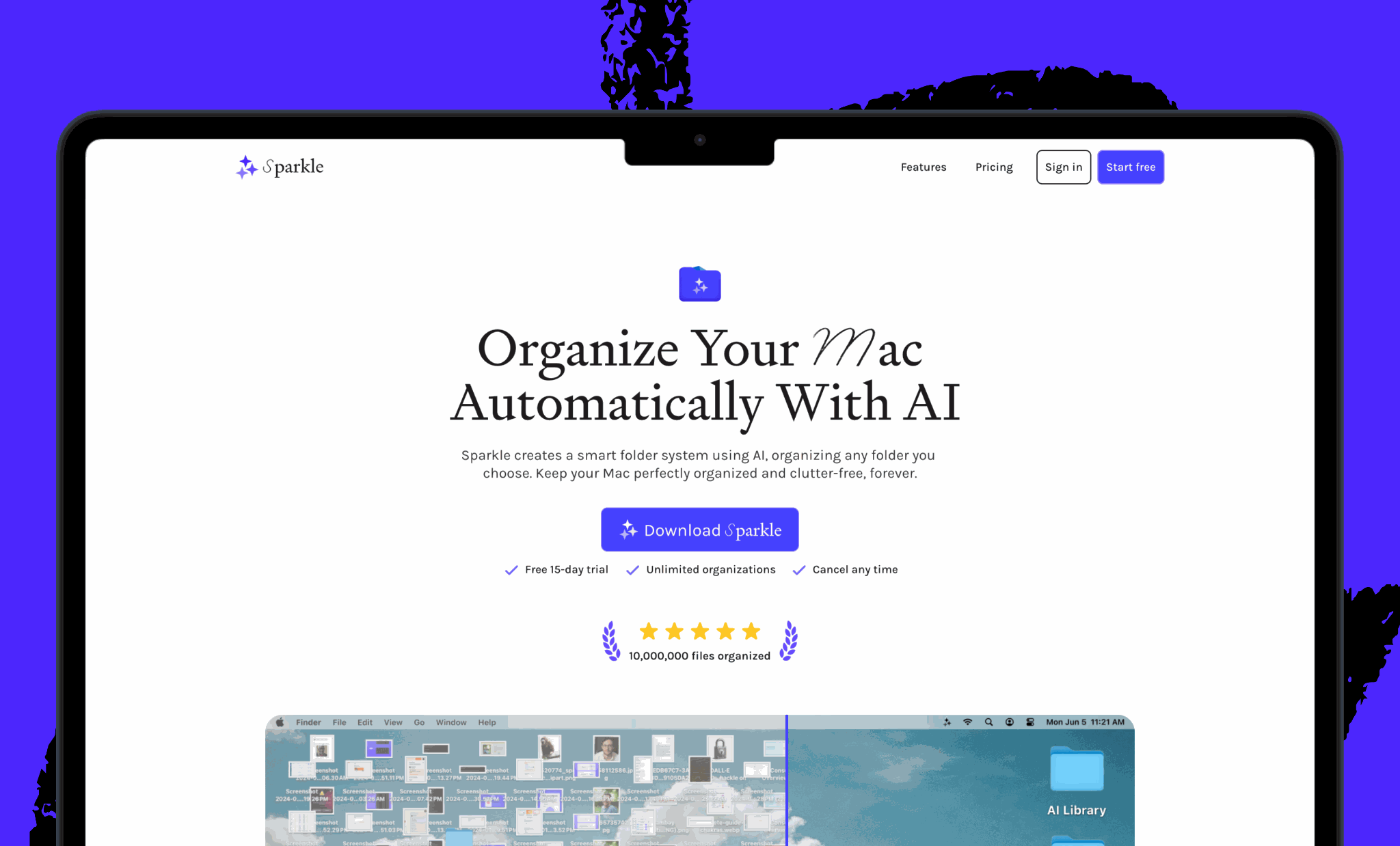Was this newsletter forwarded to you? Sign up to get it in your inbox.
I used to be physically unable to open my email. Not in an “ugh, I don’t want to” way—in a “my animal brain thinks there’s a predator in there waiting to kill me” way.
The anxiety was so intense that I would avoid my inbox for days, sometimes weeks. To my catastrophizing mind, each unopened email contained an irate client, another job rejection, or more proof that I was failing at being a functional professional.
I missed deadlines and lost opportunities. I apologized constantly for being a week late on responses. When I went freelance last year, the stakes multiplied. My income was now directly tied to my responsiveness. A single episode of inbox avoidance, and the missed deadlines and unaddressed feedback that came with it, could be the difference between making rent that month—or not.
I’ve written before about AI’s raw productive capacity—how it can turn one person into a content agency, and how it allows me to spin more plates at once than I thought possible before. And it can. But by focusing on what AI lets me produce, I’ve only been telling part of the story. To understand the other part, and learn how we should truly be measuring the positive impact of AI, I need to share something I don’t talk about on client calls.
The cycle I couldn't explain to managers
Four years ago, I was diagnosed with bipolar disorder.
It’s a mental illness characterized by extreme mood swings—periods of elevated energy and mood alternating with periods of deep depression. The specific pattern varies from person to person. Some people experience more manic episodes, some experience more depressive ones, and the intensity and duration of each episode can differ significantly.
I tend toward the depression side of the spectrum. When I’m in a depressive episode, basic tasks feel insurmountable. Any obstacle—like a cluttered inbox, a blank page, or the organizational overhead of tracking deadlines—makes things exponentially worse. When anxiety tells you everything is urgent and catastrophic, you can't trust your own judgment about what's manageable. You need structure on the outside to keep things level on the inside.
For years, my bipolar made steady employment difficult. I rarely stayed in any company or role longer than 12 months. Managers would be baffled—I'd be consistent one month and barely responsive the next. The inconsistency made me look unreliable in ways I couldn't explain without disclosing a diagnosis I wasn't ready to share.
Financially, I was constantly rebuilding instead of advancing. Professionally, I couldn't build the kind of sustained relationships and reputation that lead to bigger opportunities. Emotionally, every job change felt like both a failure and a desperate attempt at a fresh start.
I had the right medication by then, and a good therapist. But medication manages symptoms—it doesn't build the external scaffolding that keeps work from becoming overwhelming. I needed infrastructure, not just treatment. I just didn't know it yet.
Generate a great deck
Need a great deck to close a big deal? Try Pitch, the presentation platform that helps you create stunning, on-brand slides in minutes with AI-powered features that rewrite copy, refine visuals, and maintain consistency across every deck. Collaborate in real-time, share live links that track engagement, and make your clients feel special with curated pitch rooms. Win work with half the time spent.
Moving with ease in my brain
When I started using Every’s AI email assistant Cora last year, the relief felt as physical as the dread had been. It stripped out the receipts, notifications, and the rest of the clutter that makes an inbox feel like a minefield. For the first time in years, I could open my inbox, see just three or four client emails waiting for me, and think: "This is what's important. This is what I need to respond to. If I can do that much, I will have done enough.” If an email comes through that’s less-than-good news, I may have to take a walk or talk it out with my AI career coach before I respond, but with fewer emails to deal with initially, those situations feel manageable.
Cora isn't alone in what I’ve come to think of as my emotional support tool stack. I use Monologue for dictation when typing creates resistance I can't push through. I have a career coach project in ChatGPT that acts like an administrative assistant, keeping me on track when I’ve overcommitted and my brain can't hold all the pieces.
I was one credit away from a dance minor in college. We spent a lot of time talking about ease as a value in movement—finding ways to move through space without fighting your own body. These AI tools have given me something similar: the ability to move with ease in my brain.
When I'm working without this supportive infrastructure, getting through a single workday takes everything I have. I collapse afterward, mentally and physically, too depleted to do anything else. There's constant overwhelm and a nagging sense that I've lost track of something make-or-break. Depression creates anxiety, which creates more depression, which creates more anxiety. And so on and so forth until I’m caught in a vortex of self-loathing and recrimination so intense that it takes even my therapist aback.
My support stack disrupts that cycle. Each tool addresses a specific point of tension that would otherwise snowball into paralysis. The result is baseline functionality that creates space for me to do good work. And I have energy left over for things that aren't work, like reading, playing board games, seeing friends, and taking my dog to the park.
This is a different relationship with technology than the productivity framing that we hear most often suggests. Productivity is about output: how much you can make and how fast you can make it. Infrastructure is about capacity, and the possibility that it enables.
Beyond productivity
I've been working at Every for over a year now. That might not sound remarkable, but it feels like a milestone. For me, the proof of AI's value is in the fact that I'm still here, doing work I'm proud of. I have energy left over at the end of the day, and I'm not constantly scanning for the next escape hatch.
Still, the majority of business leaders and technologists are asking the same set of questions about AI: Did it make revenue go up? Did productivity metrics improve? Are we seeing ROI? They're not bad questions, but they miss the qualitative dimension—whether AI makes work sustainable and creates conditions where people can bring their best selves to their work instead of grinding through.
I know I’m not the only one working against headwinds I don't talk about at parties. Recent research suggests that people with ADHD, autism, and other neurodiverse conditions report significantly higher satisfaction with AI tools than neurotypical workers—not because the tools make them more productive, but because they reduce the friction that makes basic work feel impossible.
The technologies that change the very texture of work—that make it possible to move with ease instead of fighting yourself every day—might be the most valuable AI applications we build. Let’s measure them—and ourselves—by the right standard.
Katie Parrott is a staff writer and AI editorial lead at Every. You can read more of her work in her newsletter.
To read more essays like this, subscribe to Every, and follow us on X at @every and on LinkedIn.
We build AI tools for readers like you. Write brilliantly with Spiral. Organize files automatically with Sparkle. Deliver yourself from email with Cora. Dictate effortlessly with Monologue.
We also do AI training, adoption, and innovation for companies. Work with us to bring AI into your organization.
Get paid for sharing Every with your friends. Join our referral program.
For sponsorship opportunities, reach out to sponsorships@every.to.






